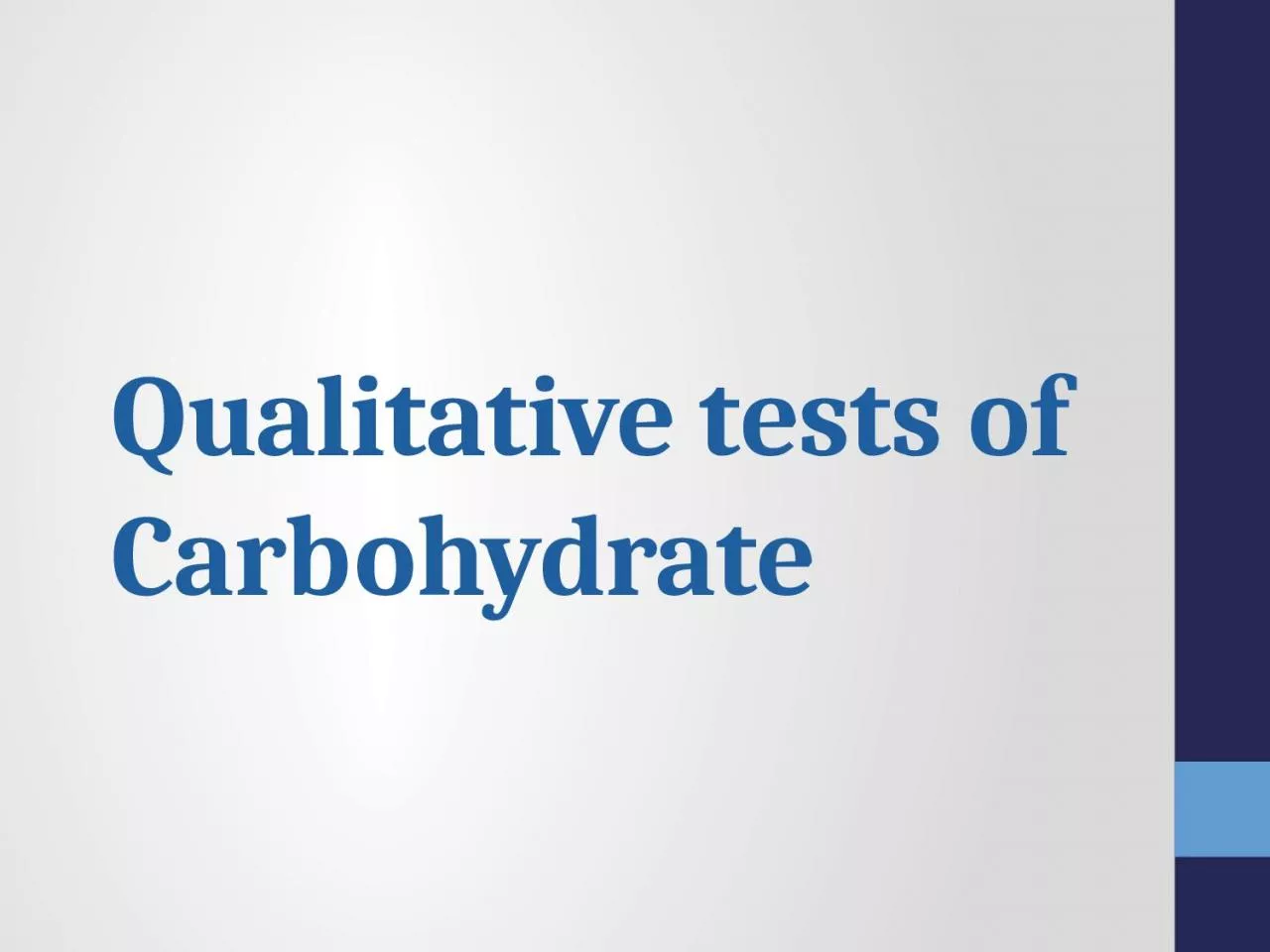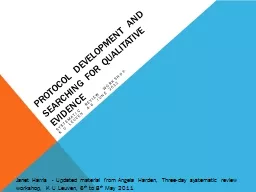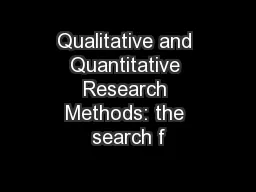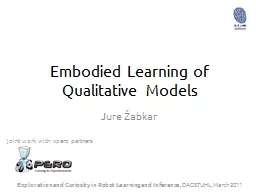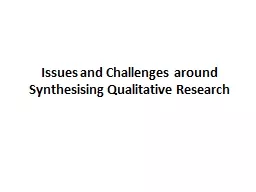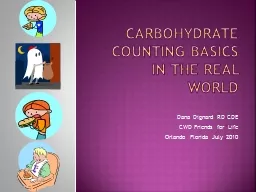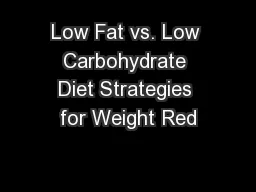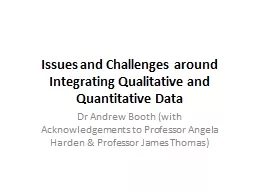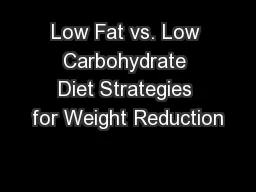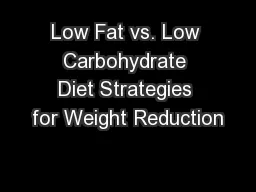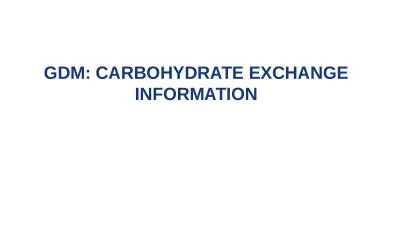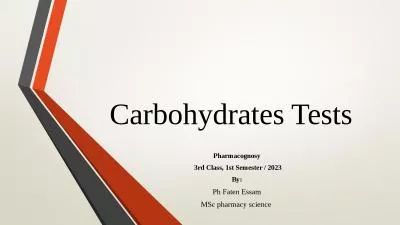PPT-Qualitative tests of Carbohydrate
Author : lauren | Published Date : 2022-06-15
Introduction Carbohydrates are the key source of energy used by living things A lso serve as extracellular structural elements as in cell wall of bacteria and
Presentation Embed Code
Download Presentation
Download Presentation The PPT/PDF document "Qualitative tests of Carbohydrate" is the property of its rightful owner. Permission is granted to download and print the materials on this website for personal, non-commercial use only, and to display it on your personal computer provided you do not modify the materials and that you retain all copyright notices contained in the materials. By downloading content from our website, you accept the terms of this agreement.
Qualitative tests of Carbohydrate: Transcript
Download Rules Of Document
"Qualitative tests of Carbohydrate"The content belongs to its owner. You may download and print it for personal use, without modification, and keep all copyright notices. By downloading, you agree to these terms.
Related Documents

